
WE ARE NOT SUSTAINABLE.
- And neither is any other defence garment manufacturer.
We believe the best way to reduce environmental impact is to create products that last longer and consist of field-serviceable components, meaning fewer new products need to be manufactured.
Instead of operating on feelings, we've decided to operate on data.
We will always look at the results as they are and be transparent about our progress.
So, how bad is it?
Firstly, it's worth noting that we operate in a sector where a large portion of our portfolio exists on a thin line between life and death, often quite literally.
Because of this, our offerings have to not only be consistent in their performance but also consistent in their degradation throughout their entire operational lifespan.
Being on the bleeding edge of polymer chemistry, with performance and durability as the primary focus, we're tasked with finding alternatives that do not sacrifice anything but somehow leave a greener footprint or are safer to work with than the alternatives.
Easier said than done, but a challenge we've decided to tackle.
What are we doing about it?
Among the only ones in the industry, we offer an End-of-Life Program for which all of our products are eligible, designed to provide a responsible solution for disposing of products that have reached the end of their useful life. As almost all of our armour and tactical solutions contain 100% non-biodegradable materials, this program offers a sustainable alternative to traditional disposal, ensuring that these materials are recycled, repurposed, or disposed of in an environmentally responsible manner.
Although our scale and limited vertical integration into the supply chains of our suppliers pose challenges, we are actively exploring all possible avenues to make a positive impact. We consistently monitor our suppliers' practices and engage with them to promote responsible and sustainable sourcing. In addition, we are exploring alternative sourcing methods and supplier partnerships to enhance our supply chain's overall sustainability and ethical standards.
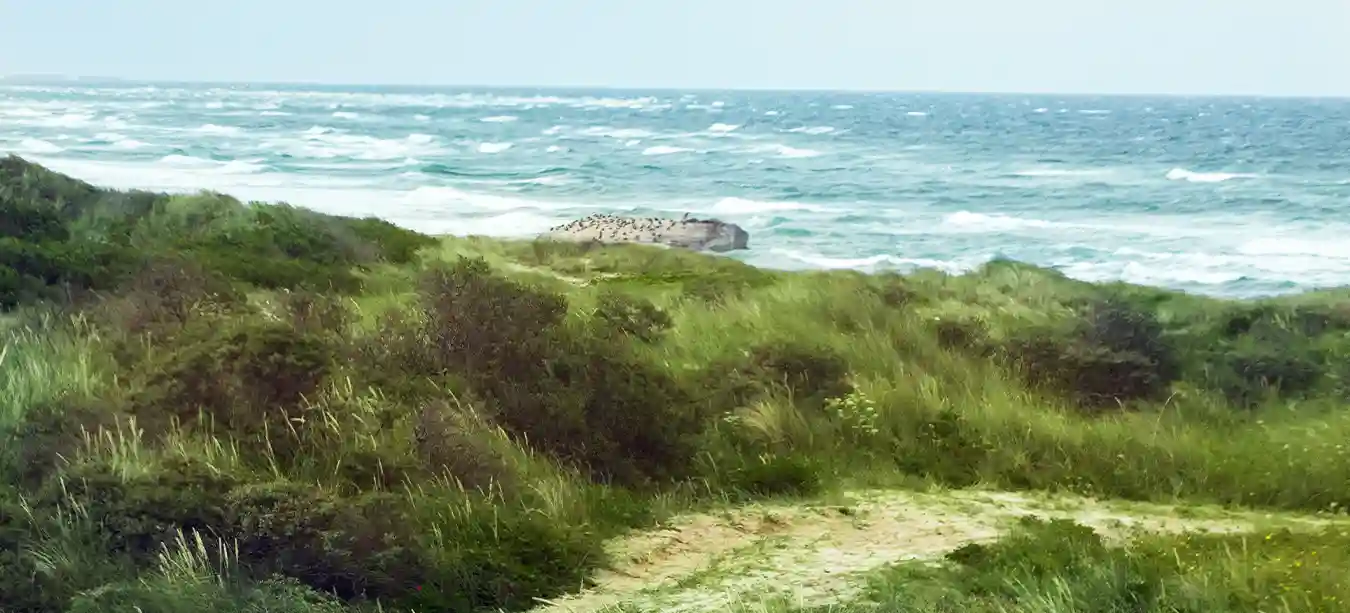
We have a duty to assess and choose our suppliers and manufacturers carefully. This ensures that we meet our social responsibilities and positively impact the workforce and the environment. We meticulously scrutinise our partners' practices and policies, from labour to environmental impact, to ensure they align with our ethical standards and values. This way, we can confidently say that our business practices benefit not just us but also society and the planet.
Materials:
Para-Aramid
Our range of para-aramid solutions comprises of Twaron® fibers that come in different weaves, laminates, wovens, and non-wovens manufactured by Teijin and external partners such as Honeywell and Norafin.
Teijin is at the forefront of re- and downcycling various fiber products, including aramid, and aims to achieve complete aramid fiber circularity by 2050. This is a significant step towards achieving a sustainable future.
We take pride in being part of Teijin's sustainability initiatives. Our current trimmings, off-cuts, and extra material containing aramid are sent back to Teijin in bulk for recirculation.
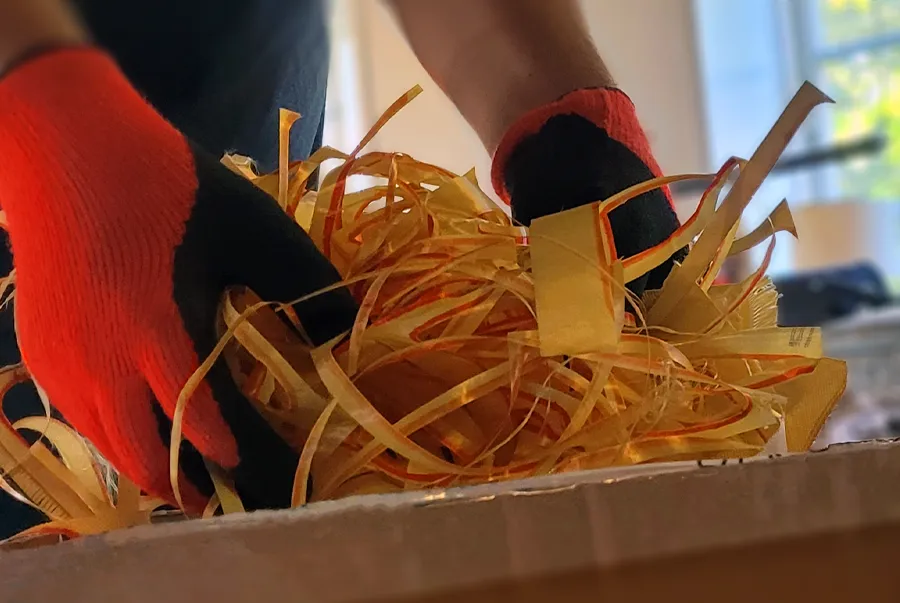
The recycled feedstock is used in the commercial and civilian space or fed back into the manufacturing pipeline for high-performance aramid as a sustainable alternative to virgin feedstock.
Teijin is leading the way in performance with their Twaron® lineup and is a pioneer in green technologies, making significant strides towards a more environmentally friendly future.
Polyethylene
Over the years, there has been significant progress in producing bio-based polyethylene.
This innovation involves using waste pulp from the logging industry as a renewable feedstock for producing ethylene polymerised into polyethylene.
One of the significant benefits of this approach is that it doesn't require any tooling changes or staff reeducation, and the resulting product is chemically identical to traditional polyethylene.
Nevertheless, it's important to note that the logging industry, which is a primary source of the waste pulp required for this process, has environmental and social issues of its own.

It's crucial to ensure that the production of bio-based polyethylene doesn't create new problems or worsen existing ones.
We're looking to employ or take inspiration from this advancement in the future and are keeping a careful eye on it.
Carriers & Tactical Products
We source all of our textile materials used to manufacture our carriers and tactical products from well-known mills with clear environmental and sustainability policies.
Examples include our use of Dry Comfort XT®, a high-end polyester fabric manufactured in Sweden, or our broad use of CoolMax® meshes manufactured in the United Kingdom.
For all of our tactical and overt solutions, we use TrueLock™ Cordura®, wherein the colour is added during the spinning process of the base fibers, instead of having it dyed later in the manufacturing process.
This ensures colour consistency, makes it UV and fade-resistant, and saves ~185 ml of water, 1.6 megajoules of energy and 105 grams of CO2 per linear meter of fabric.*
*2013 LCA study based on the average comparison of conventional level acid Piece Dyeing to SDN at three independent/third-party dyeing and finishing mills.
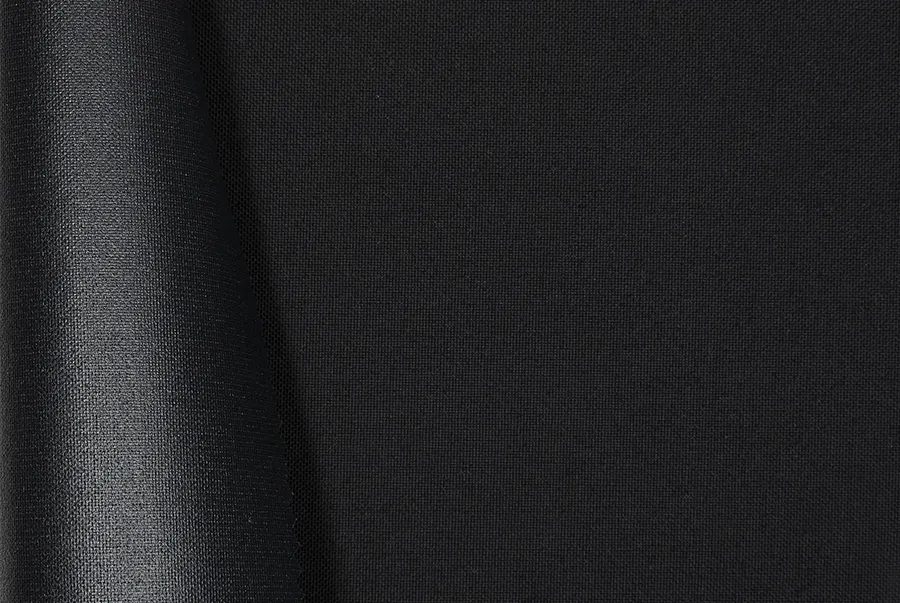
Epoxies, Resins & Adhesives
We've put a lot of effort and resources into researching and developing alternative formulas to lessen our reliance on oil-based epoxies and adhesives for creating our composite and laminate products and have successfully replaced 24% of the petroleum-based propylene in our epoxy resins with plant-derived glycerol, a renewable and sustainable resource.
Our glycerol substitution has kept the quality of our resins the same. We maintain our impact resistance, flexibility, tensile strength and modulus, elongation, shear, and compressive strength, all without relying solely on petroleum-based chemicals.
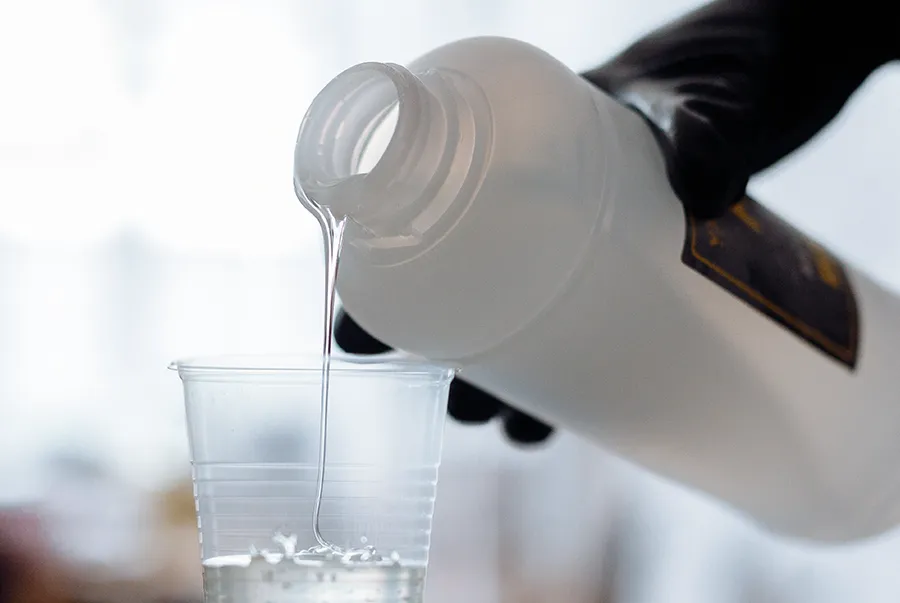
As part of our ongoing research, we are investigating using plant-based reinforcements for strike-face lamination, specifically by creating hybrid 3D grid structures using flax fibers to hold the ceramics together during impact.
By taking advantage of the distinctive properties of these 3D structures, we aim to develop a more robust and enduring composite reinforcement that is cheaper, more sustainable and maintains the properties of the carbon and aramid fiber used in production today.
SYSTEMS & IT
We take pride in our sustainable approach to running our webshop. We have entirely separated our front-end and back-end to reduce our carbon footprint. Our front-end is hosted and served through data centres managed by Cloudflare, running on renewable energy, significantly lowering our energy consumption.
Moreover, we use green computing-enabled edge workers for our back-end operations. They only run when they are needed, which optimises our energy consumption. Our eco-friendly approach ensures that we operate in an environmentally responsible manner while still providing efficient and reliable online services.

Throughout the years, we've dedicated ourselves to developing our internal systems in-house, allowing us to automate and streamline various internal processes. Consequently, we have eliminated our reliance on printed paper resources and have instead embraced digital solutions, reducing our environmental impact and boosting our organisation's efficiency and productivity.
LOGISTICS
We track our logistics-based carbon footprint to minimise our impact, allowing us to consolidate and ship regional packages together through customs before breaking them up and distributing them individually.
As a part of our commitment to reducing carbon footprint, we purchase carbon offsets for all our freight. These carbon offsets are invested in various initiatives to reduce carbon emissions, such as reforestation and solar and wind farms.
Although we understand that purchasing offsets is not a perfect solution, we actively seek ways to reduce carbon output across manufacturing, logistics, and product lifecycle.
CAPTURE & SEQUESTRATION
Along with reducing new emissions, carbon capture and sequestration are essential components of an overall strategy to combat climate change. However, the carbon sequestration industry is relatively new, and few companies offer practical carbon capture solutions at a commercial scale.
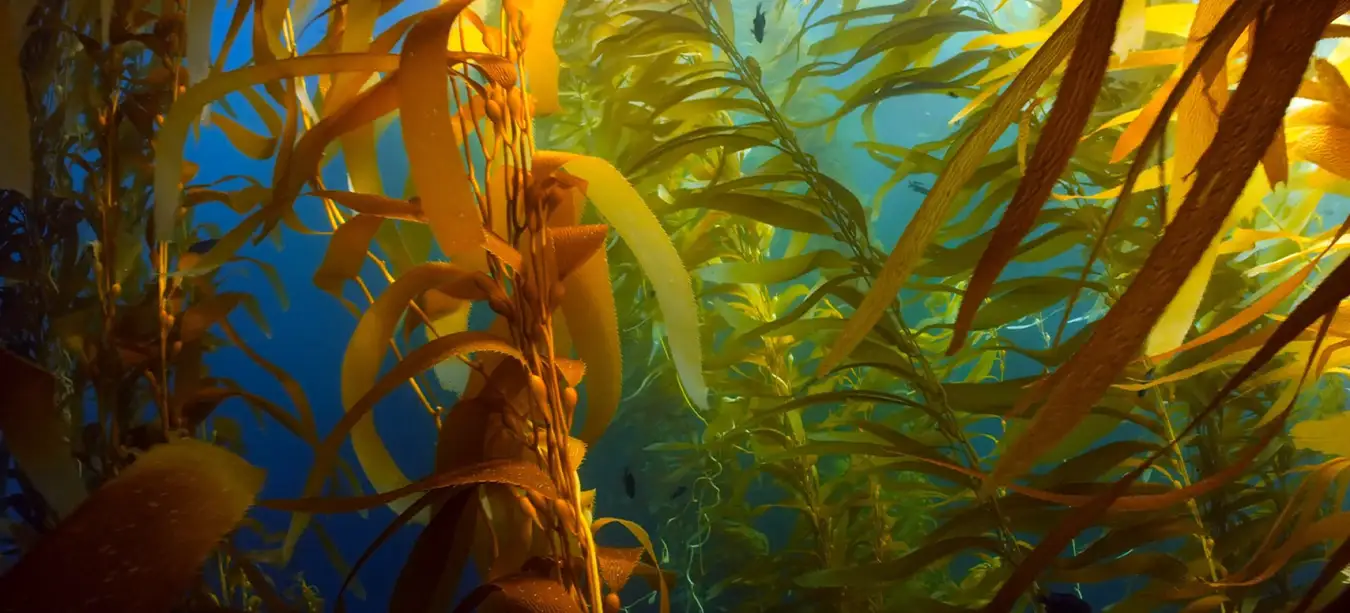
We are interested in exploring this area further in the future. We will continue searching for opportunities in this industry to expand from lonely kilotons to adequate megatons and eventually to the necessary gigatons required to thwart climate change.
We have a long road ahead of us, but we're doing everything in our power to make the best decisions for the planet and the lives of the people we interact with without compromising the quality of our products.

